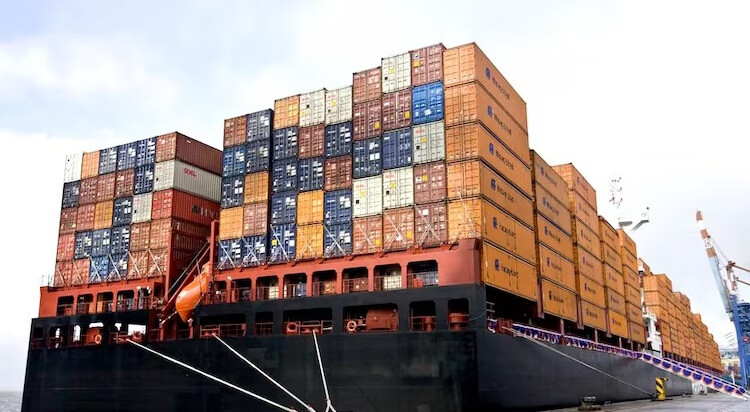
In the first quarter of this year, raw material imports recorded a total of US$143 million, showing a remarkable increase compared to the same period last year. In particular, imports of metal products, electrical appliances and equipment, and chemical and pharmaceutical products accounted for 77% of the total import value, driving the overall increase. According to a statement from the Vice Minister's Office of the Ministry of Trade, Industry and Energy, the authorized amount for raw material imports exceeded US$140 million as of the end of March, which is interpreted as reflecting the active movement of domestic industrial production activities.
Monthly figures also indicated a positive trend. Raw material imports in March alone amounted to US$36 million, a significant increase of 56% compared to the same month last year. This surge in imports is analyzed to be closely related to the expansion of production and increased capital investment across the domestic manufacturing sector. In fact, 126 companies imported raw materials during this period, and 516 import applications were approved in March alone. This suggests a steady increase in the demand for raw materials in the domestic industry.
During the first quarter of this year, the item with the highest import value was metal products, totaling US$61.8 million. This was followed by machinery, equipment, and technical equipment at US$24.3 million, and chemical and pharmaceutical products at US$23.9 million, forming the top three product groups. This can be interpreted as an indirect indicator of the boom in the steel, machinery, and bio-health industries, which form the foundation of domestic manufacturing.
Looking at the proportion of raw material imports by country of origin, China accounted for an overwhelming 79% of the total import value. This simultaneously demonstrates China's significant position in the global supply chain and the dependence of domestic manufacturing on China. Following China, India and the United States supplied a small amount of raw materials, and imports were also made from various countries such as Spain, Bahrain, and Turkey. This can be interpreted as part of efforts to reduce excessive dependence on a specific country and diversify import sources.
As of the end of March, a total of 203 companies were found to have benefited from the raw material import system. It was identified that 78% of these companies are concentrated in the metal, chemical and pharmaceutical, rubber and plastic, food and beverage, and textile industries. Furthermore, 95% of the importing companies are located in the metropolitan area and nearby regions, namely Central, Capital, and Alto Parana, indicating a high degree of geographical concentration. This seems to be the result of a combination of factors such as logistics accessibility and connectivity with existing industrial infrastructure.
The total number of import applications approved during the first quarter of this year was 1,544, a 34% increase compared to the same period last year. This suggests that the demand for raw materials is increasing as production activities across the domestic industry become more active, and that the government's smooth import support policies are proving effective.
Overall, the raw material import trends in the first quarter of this year can be interpreted as a positive sign supporting the growth of domestic manufacturing. In particular, the increase in imports of raw materials for major industries such as metals, electronics, and pharmaceuticals is expected to contribute to the expansion of production and strengthening of competitiveness in related industries. However, the high import dependence on a specific country suggests vulnerability to external variables such as global supply chain instability, indicating the need for continuous efforts to diversify import sources. Furthermore, careful management by the government is required to prevent the increase in raw material imports from leading to upward pressure on domestic prices.
[Copyright (c) Global Economic Times. All Rights Reserved.]






























